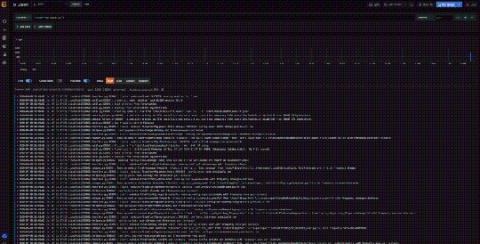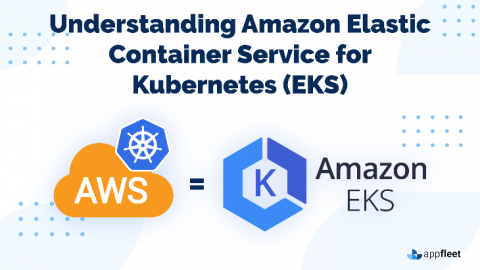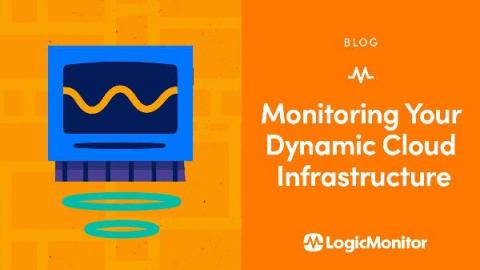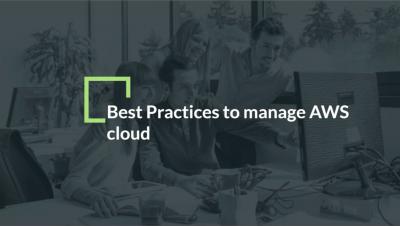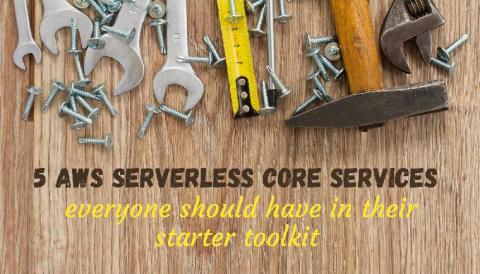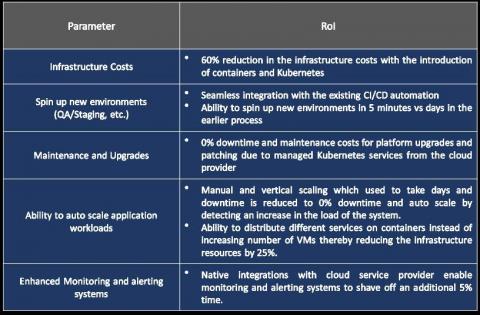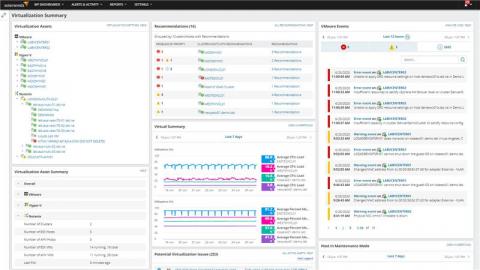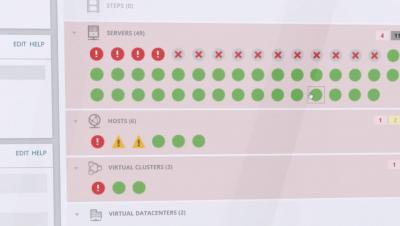Operations | Monitoring | ITSM | DevOps | Cloud
Cloud
The latest News and Information on Cloud monitoring, security and related technologies.
Loki tutorial: How to set up Promtail on AWS EC2 to find and analyze your logs
Amazon’s Elastic Compute Cloud (AWS EC2) is one of the most popular ways to run applications in the cloud, but finding logs for a given instance is a common struggle. That’s where Loki can help. With Loki aggregation, you can group all your logs from all your virtual machines in one place, and with its search capabilities, you can quickly find and analyze them. It’s a great way to gain visibility in your cloud deployment.
Understanding Amazon Elastic Container Service for Kubernetes (EKS)
Amazon Elastic Container Service for Kubernetes or EKS provides a Managed Kubernetes Service. Amazon does the undifferentiated heavy lifting, such as provisioning the cluster, performing upgrades and patching. Although it is compatible with existing plugins and tooling, EKS is not a proprietary AWS fork of Kubernetes in any way. This means you can easily migrate any standard Kubernetes application to EKS without any changes to your code base.
Monitoring Your Dynamic Cloud Infrastructure
Fully taking advantage of cloud infrastructure includes the ability to scale up and down dynamically, taking the need and load off your services. The compute services like Amazon Web Services (AWS) EC2, Azure Virtual Machines (VM), and Google Cloud Platform (GCP) Compute Engine allow Auto Scaling of the instances of the service. This helps manage the responsiveness and costs of your cloud services by ensuring that the instance counts go up and down depending on demand.
[Webinar] Best practices to manage AWS cloud
5 Serverless AWS Core Services Everyone Should Have in Their Starter Toolkit
When first looking into serverless migration and its architecture, it can feel like you’re staring down an endless shopping aisle of critical serverless tools that all need to be put into your basket straight away. Some services seem to offer the same function, while others can feel wildly different - both, as a result, can instill some doubts as to what is really necessary for your business and serverless application.
Why should an Enterprise Invest in Containerization of Applications Instead of Lift-and-Shift
In our series of blog posts based on Automated Containerization, here is another quick read on why Enterprises should invest in containerization of applications instead of Lift-and-Shift approach. Legacy applications can be slow and expensive to maintain. If you use the Lift-and-Shift approach to migrate applications to cloud is relatively inexpensive, but ongoing operating costs can be exactly the opposite. The contention is that applications perform and evolve relative to their environments.



